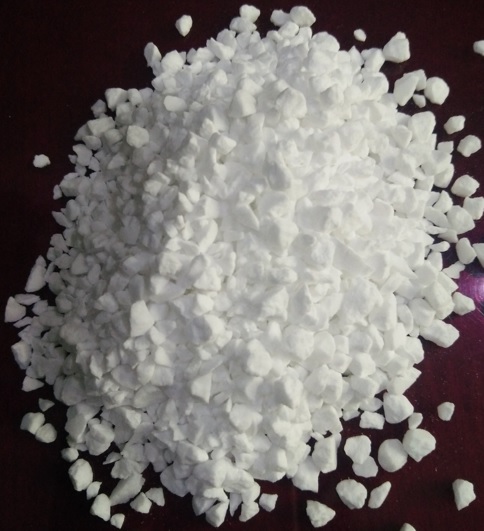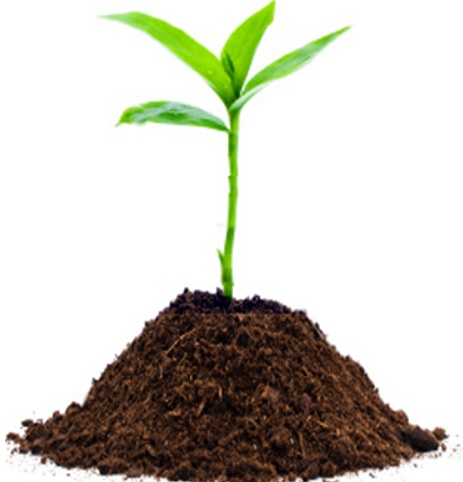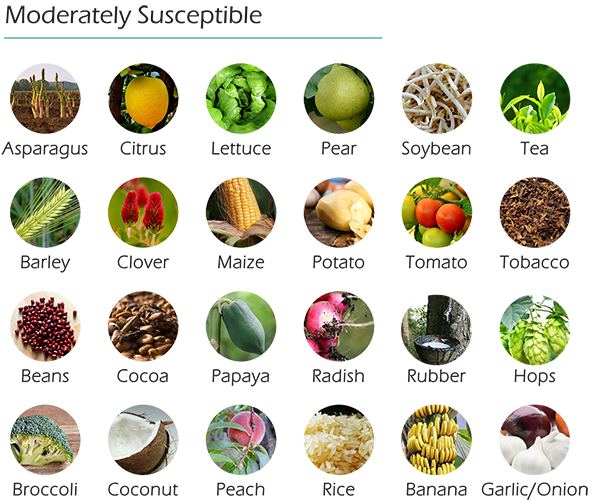Agrowbor-15% or Boron is a chemical element with atomic number 5 and the chemical symbol B. Boron does not occur in elemental form in nature. It is combined with oxygen and other elements in compounds called borates. The most commercially important boron compunds are; borax, boric acid, kernite, ulexite and calcium borates.
Appearance of Agrowbor-15% (Granular Boron)
Note : Product Packaging can be made in 25 kg, 50 kg PP Bag & 1 Metric Ton Jumbo Bags

Agrowbor-15% as a Plant Micronutrient
Macronutrients are essential elements utilized by plants in relatively large amounts for a healty plant growth. Each of these elements has a significant function in plant nutrition. The primary macronutrients are Nitrogen (N), Phosphorus (P), Potash (K), Sulphur (S), Calcium (Ca) and Magnesium (Mg).
In addition to these elements, plants also need other elements described as micronutrients.
The only difference between macronutrients and micronutrients are the required quantities. Although micronutrients are required in small quantities, they are as important as macronutrients in plant nutrition. Even all other essential nutrients are present in required amounts, it can limit the quality and yield if one of the micronutrients is insufficient.
Boron (B) is one of the micronutrients essential for plant growth.
Roles of Agrowbor-15% as a Plant Nutrient
Boron plays a major role in plant nutrition. Some functions of boron are correlated with nitrogen (N), phosphorus (P), potassium(K) and calcium(Ca) in plants.
Adequate B nutrition is critical for quality of crops and high yields.

The main functions of boron are related to:
- Carbohydrate metabolism
- Root elongation
- Protein synthesis
- Seed formation
- Cell wall formation
- Rate of cell development
- Sugar transport
- Membrane integrity
- Pollination and fertilization
- Nucleic acid metabolism
- Lignification
- Respiration
Agrowbor-15% Deficiency
Soil parent material and texture are considered to be the major soil factors associated with the occurrence of B deficiency. Climate, particularly high rainfall conditions and low temperature are factors that need to be considered in relation to the occurrence of B deficiency.
Boron deficiency in crops may be suspected on the basis of symptoms and by plant analysis, and anticipated by soil analysis. Boron deficiency can be prevented and corrected by both soil and foliar applications.
Crops Susceptible to Lack of Agrowbor-15%
Certain crops are known to be highly susceptible to lack of boron while some are moderately.
Correcting Agrowbor-15% Deficiency
Boron deficiency can be remedied by correct and timely application of solid or liquid B-fertilizers. Depending on the soil analysis, climatic conditions, previous cropping and the plant species application method can be changed.
Recommended Application Methods
For Agriculture
Factors such as soil type, climatic conditions and the secification of the boron source such as solubility, pH and B2O3 content determines how much of boron will actually be available to plant either through root system or by absorption through leaf surface. For plants with waxy or oily leaf surface preferred application method should be through soil or though irrigation water.
The most common method of micronutrient application to soil is incorporating boron in bulk fertilizers. Boron range is suitable for mixing with bulk fertilizers and with liquid fertilizers prior to spraying.
Boron is an essential micronutrient for growth and development of healthy plants. In small concentrations boron compounds are used as micronutrients in fertilizers, in large concentrations they are used as herbicides, algaecides and other pesticides.
Function of Agrowbor-15% in plants
Essential for maintaining a balance between sugar and starch and functions in the translocation of sugar and carbohydrates.
Important in pollination and seed production.
Necessary for normal cell division, nitrogen metabolism and protein formation.
Boron is an essential element for plants’ development, growth, crop yielding and seed development by helping the transfer of water and nutrition in plants. Though plants’ boron requirement is very low in amount, their growth and crop yielding are severely affected when there is boron deficiency in the soil.
Boron is also known as borax pentahydrate are most widely used borates as boron fertilizer and Boron Granular is Manufactured in Malaysia.
*NOTICE: Recommendations for use of these dosages and products are based on data tested in field trials. Boron fertilization rates depend on many factors like; plant species, climate, soil type, liming, etc.
Therefore, it is strictly recommended to seek advice from an agronomist before implementation. A has no liability resulting from misuse of these products along with the dosages and provides no guarentee as to the results obtained. User assumes all responsibility, including damage and misuse of products and dosages whether used alone or in combination with other materials.
AR SHALL HAS NO LIABILITY FOR CONSEQUENTIAL DAMAGES.


